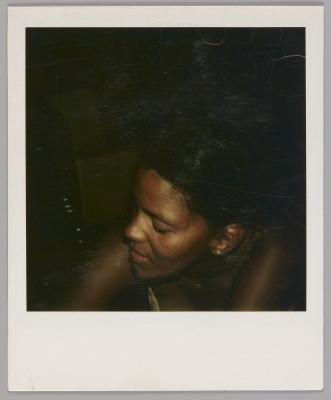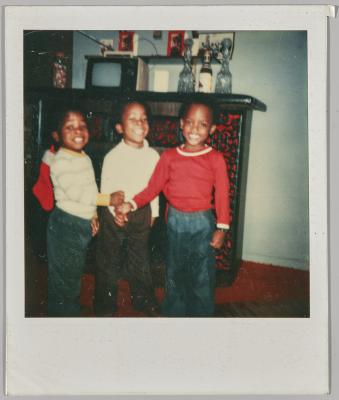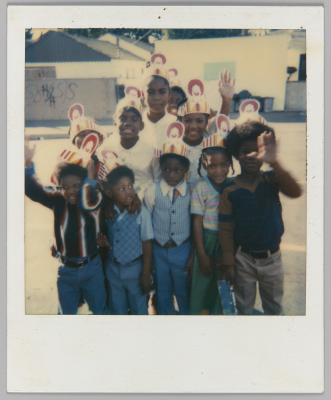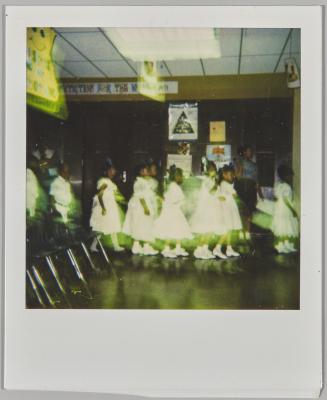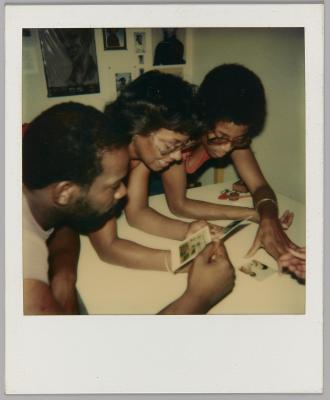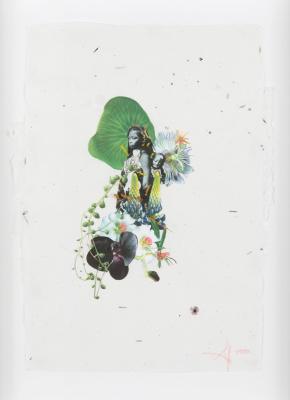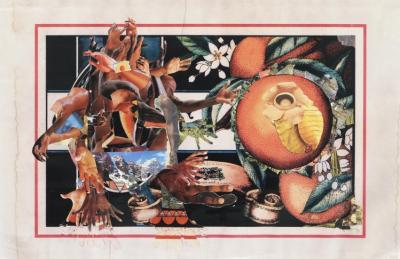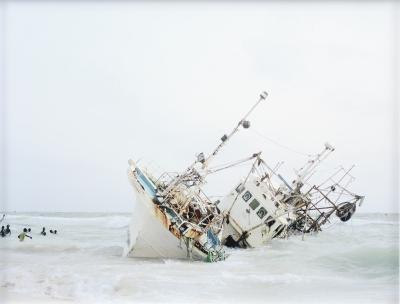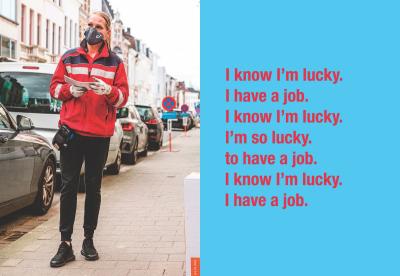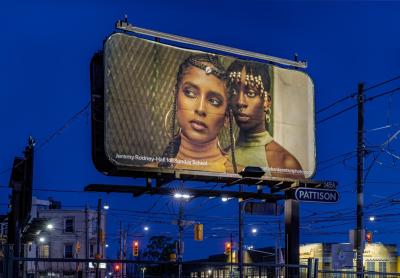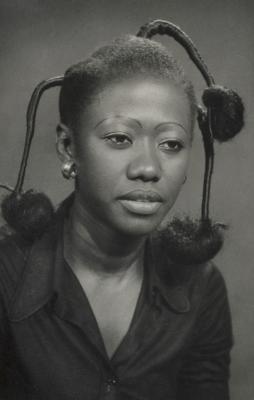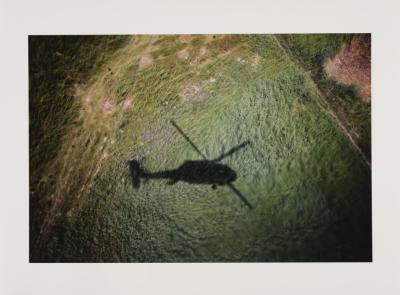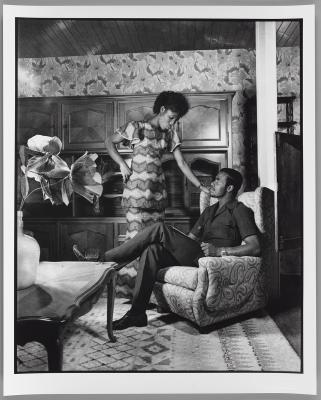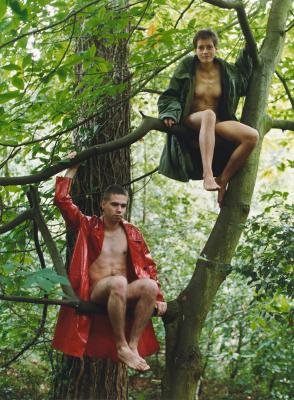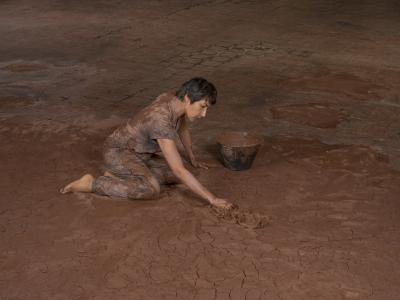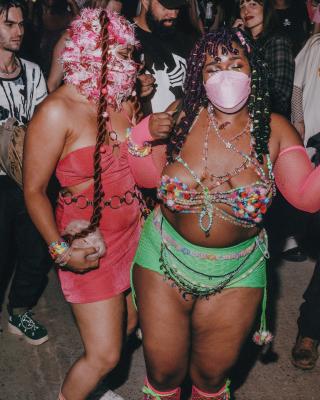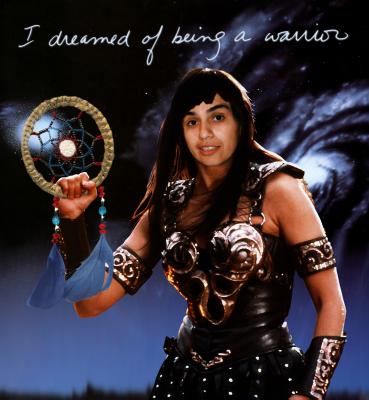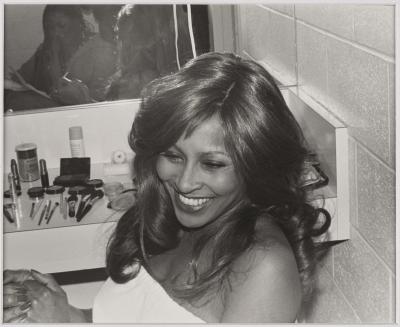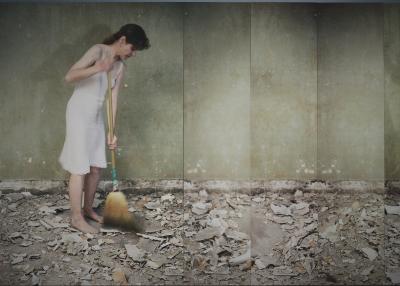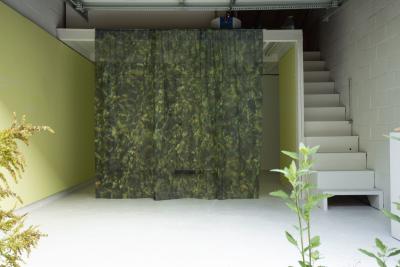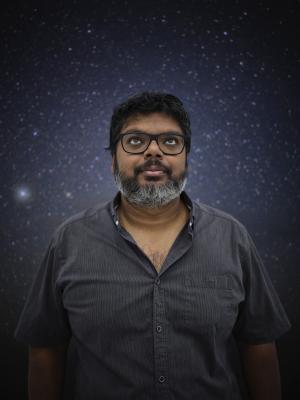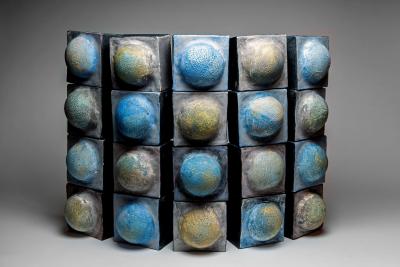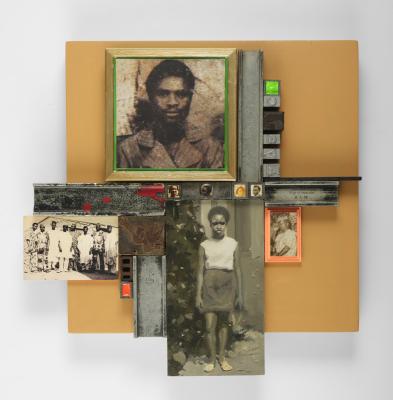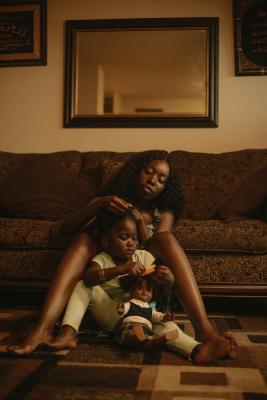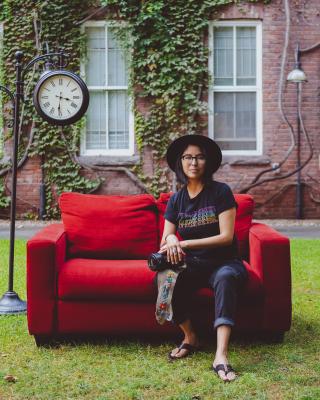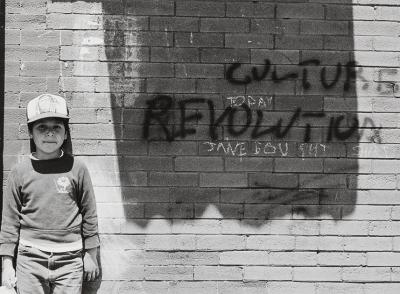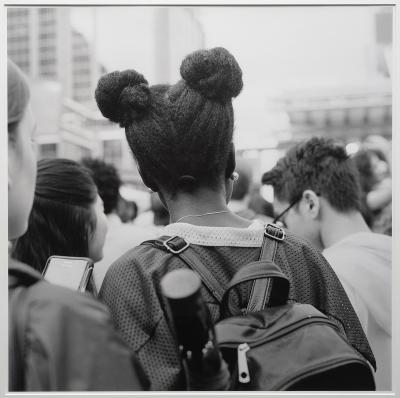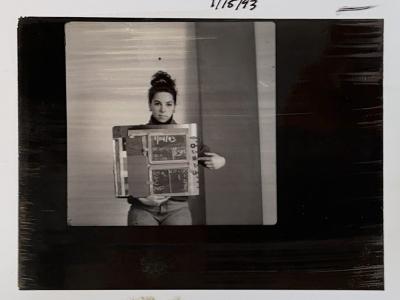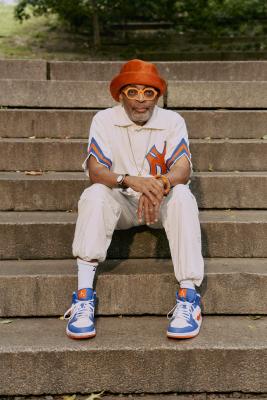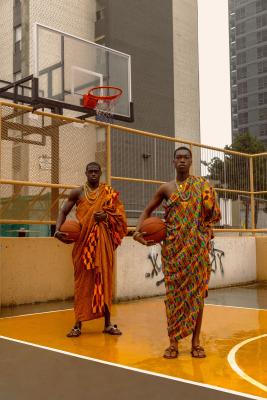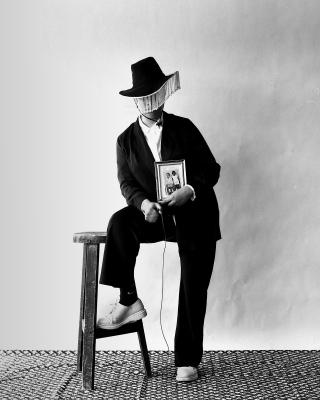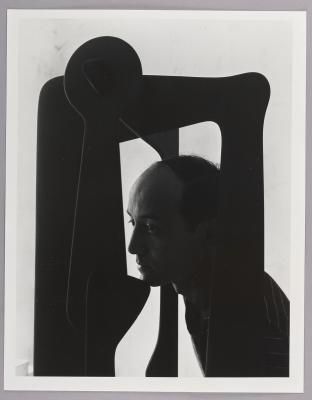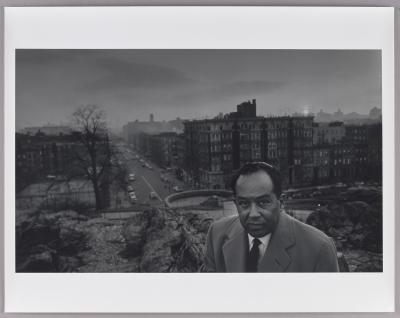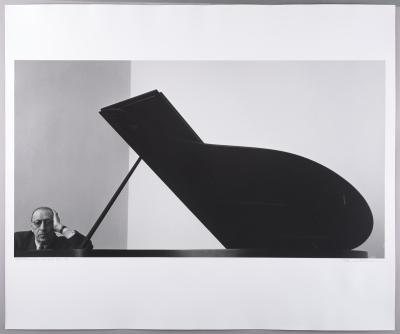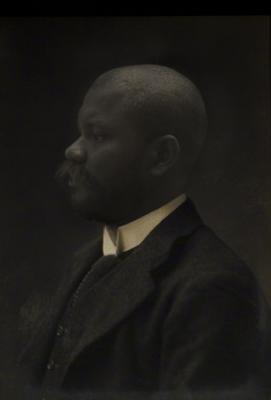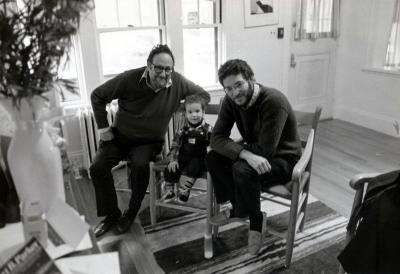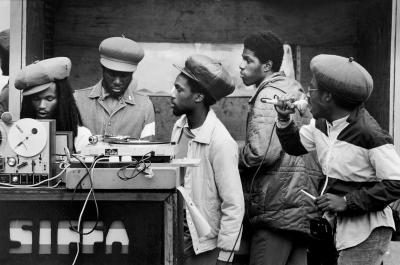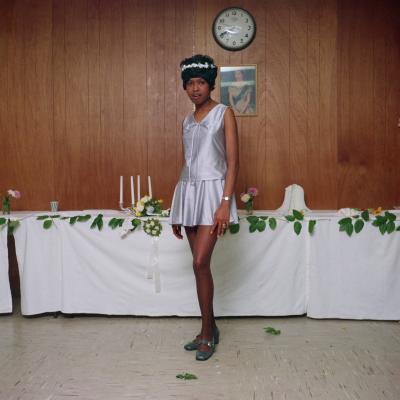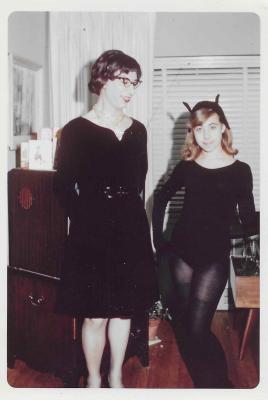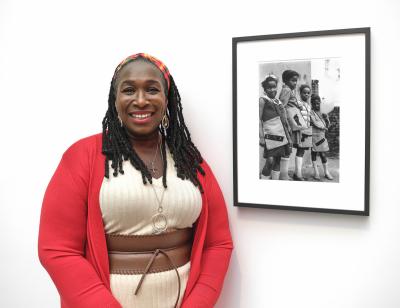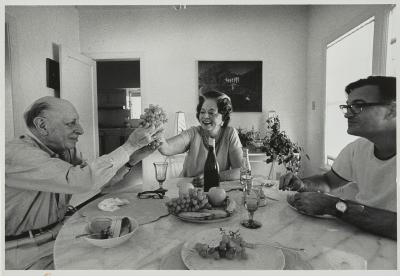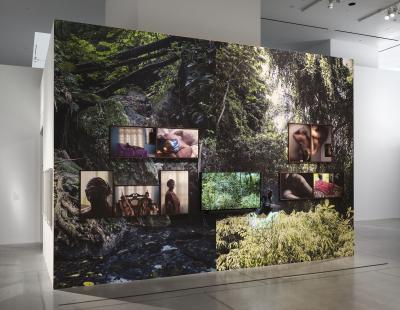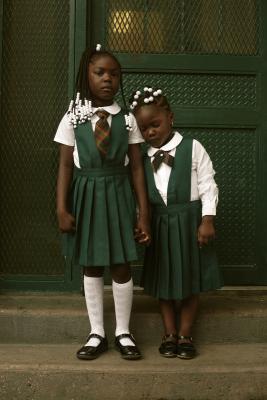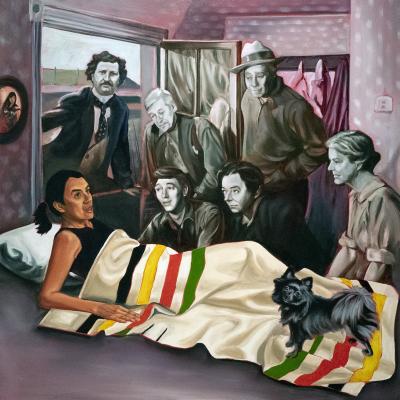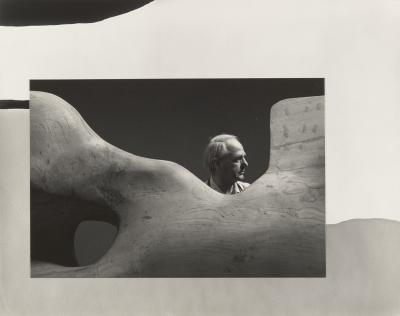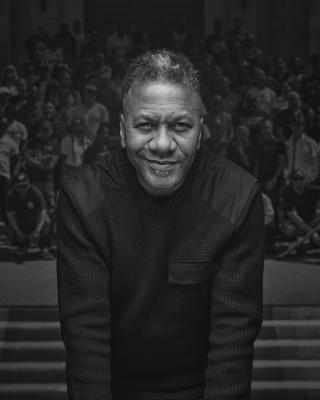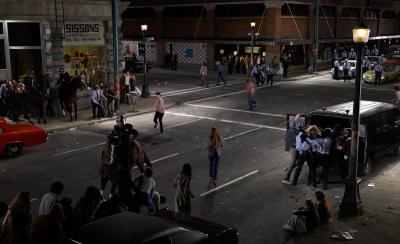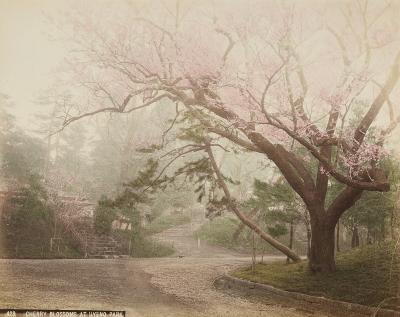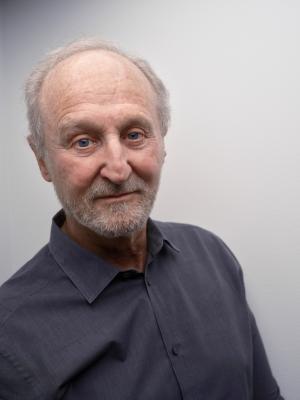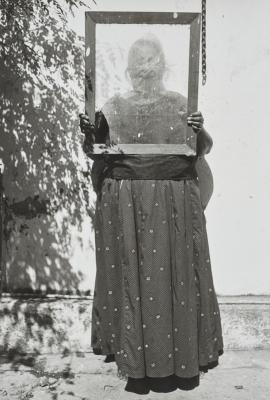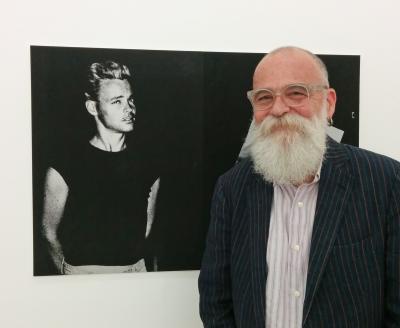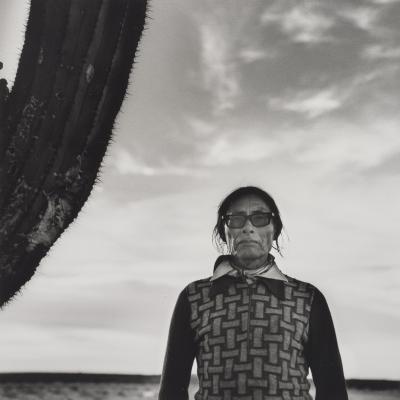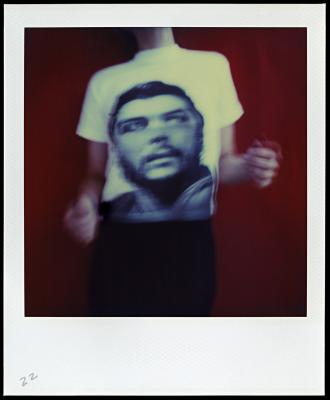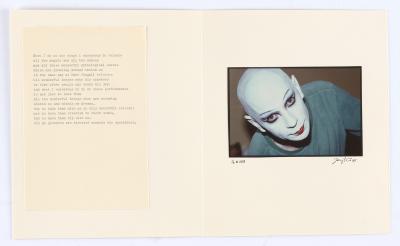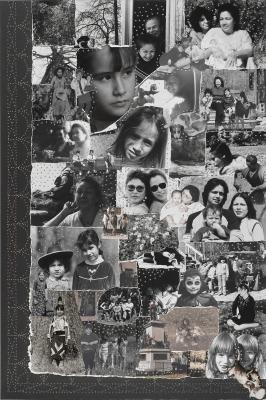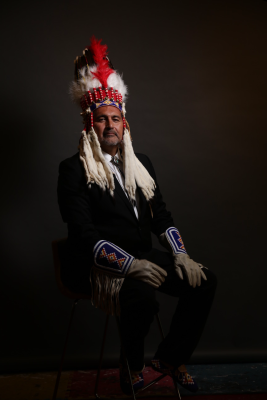Betsy Wollheim on Casa Susanna and Her Father
She recalls her discovery of her father’s crossdressing and his involvement with Casa Susanna
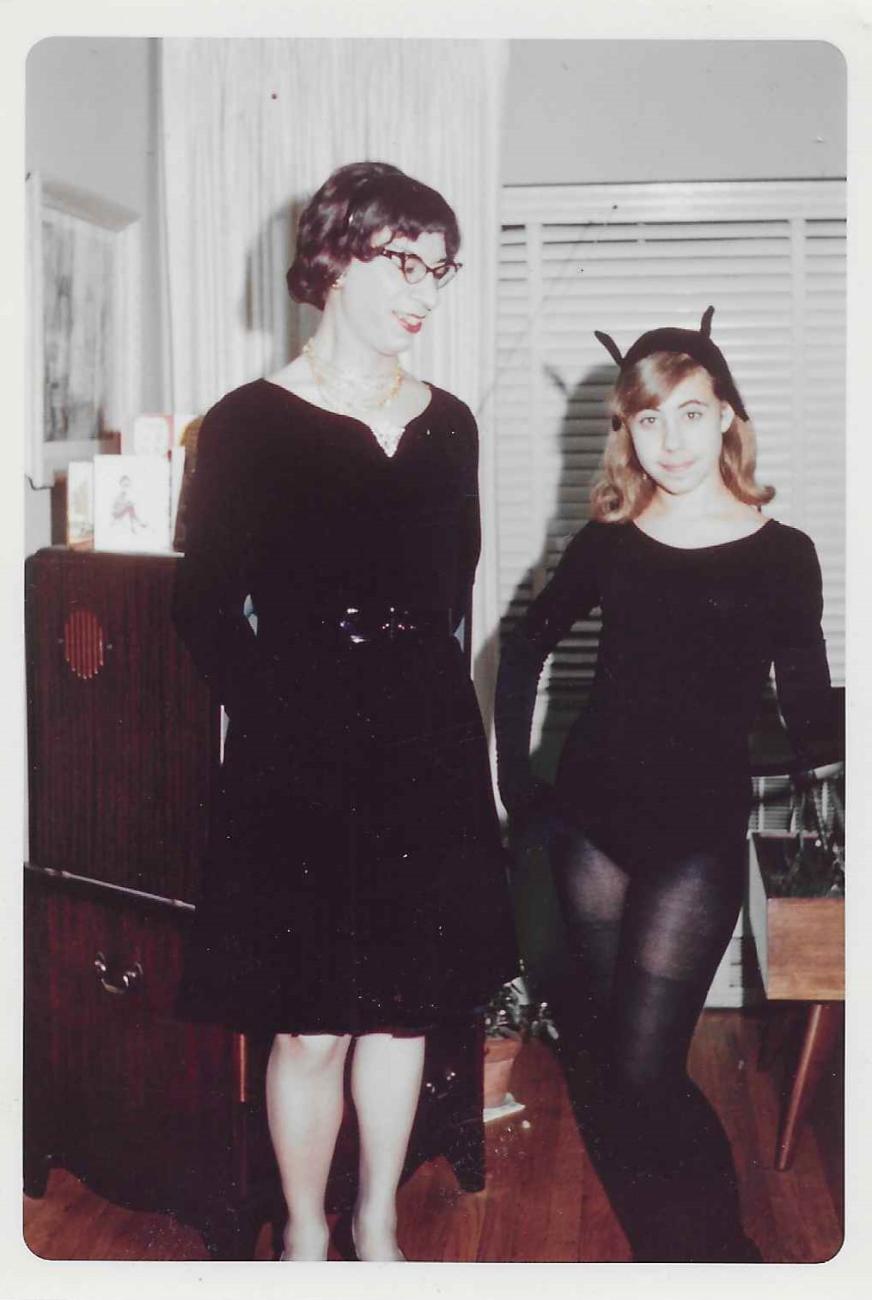
Betsy Wollheim and Don, 1964. Photo Courtesy Betsy Wollheim
In 2004, a box of amateur photographs featuring a community of people crossdressing was discovered at the 26th Street flea market in New York City by furniture dealers Michel Hurst and Robert Swope. In the boxes were joyful snapshots unveiling members of the earliest known American crossdressing network, which operated in upstate New York from the mid-1950s through the end of the 1960s. Known collectively as Casa Susanna, the group often visited two upstate New York retreats organized by Susanna Valenti and her wife Marie. Through them, a network of like-minded crossdressers was able to find refuge in the Catskill region of New York state at Casa Susanna during a time of strictly defined gender roles. When not in Catskills, the group would also gather at two apartments in Manhattan: Gail’s apartment in Greenwich Village (“The Downtown Branch”) and Susanna and Marie’s apartment uptown.
These snapshots from the group are candid, playful, and at times staged, blending family and fashion photography conventions. Showing their unapologetic lives as women, the photographs shed light on a historically significant crossdressing scene.
Over 350 of these candid snapshots, drawn from the AGO’s holdings, the personal collection of artist Cindy Sherman and the collection of Betsy Wollheim, were previously on view at the AGO in 2023 and 2024 as part of the exhibition Casa Susanna. The exhibition has since gone on view at the Metropolitan Museum of Art in New York, opening in July 2025.
Among the photographs, visitors can spot snapshots of Donald Wollheim, a well-known science fiction writer and Betsy Wollheim’s father. Crossdressing as a woman in all the photographs, he was referred to as Doris in the Casa Susanna community. Betsy was unaware of her father’s involvement in the broader crossdressing group until 1993, after his death, when her mother told her. It was then she discovered his trans identity and that he was a regular at Casa Susanna, with her mother’s support.
To learn more, we connected with Betsy Wollheim about her father’s involvement with Casa Susanna, the importance of these collections of photographs and her own perspectives on the community.
A note on language and identity in the Casa Susanna exhibition: There are moments in this presentation where a crossdresser’s masculine identity and name are referenced. Either these individuals didn’t hide their crossdressing in their lifetimes, or their families have given permission to disclose their identities as part of making visible the discrimination that crossdressing and trans individuals continue to face.
This interview has been edited for clarity and brevity.
Foyer: Your father’s photographs are now in your care. Why do you believe it is important to maintain your father’s photographs? What do they tell?
Wollheim: My father's archives are extremely important to trans history. This was probably the earliest group of trans women to form a supportive organization that spanned the US and even communicated abroad. This was a secretive, hidden group, yet they managed to find one another and form a large community. Of course, that community was primarily white, middle, and upper class, and highly educated, but still, it was the first as far as we know.
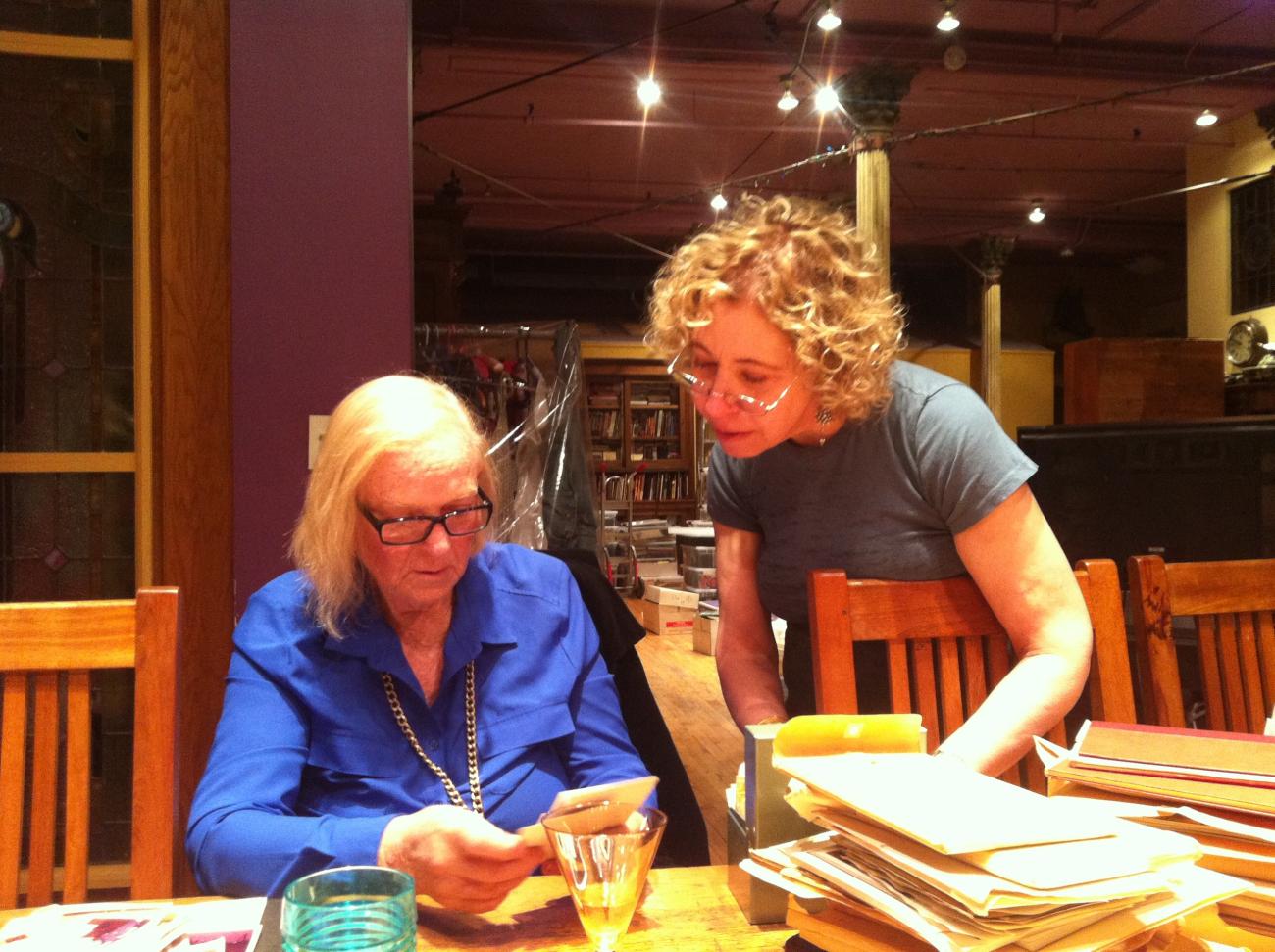
Kate and Betsy Wollheim sorting through Casa Susanna photographs. Photo Courtesy of Betsy Wollheim
Can you recall the moment you discovered that your father, Donald Wollheim, was a crossdresser and belonged in the Casa Susanna community?
I first realized there was more to my dad's dressing as a woman when I was twelve. To be exact, it was the day before Halloween in 1964. Each year, we always went to the same large, fabulous Halloween party at the home of one of my dad's fantasy authors: Lin Carter. That year, my dad had a "dress rehearsal" and took over four hours to transform into a woman. It was at that moment when I realized there was something more serious about my dad's "costume" than the average Halloween costume one would wear.
I did not realize that my dad was part of a community of trans women and "like-minded souls" until 1993, when my mother was going in for surgery with a 50% chance of survival. Knowing that she might not survive the surgery, she told me everything. She gave me my dad's book, A Year Among the Girls, published under the pseudonym Darrell Raynor in 1966. She also gave me all the Transvestia magazines and all the photos my dad had taken and collected. She told me about others we knew who also belonged to this network – people we had visited out west who I was very fond of but never realized how my parents knew them.
Do you have a favourite photo from the collection?
My favourite photo is from that time--Halloween evening before we left for the party. My mom took a photo of me with my dad, and I am obviously not disturbed at all. My dad is looking at me with pride (and relief, though that is just a guess on my part.)
My favorite photo from the Casa Susanna exhibit is one of my father, taken that same night. He is standing alone in our living room, wearing a dark wig and a black dress and holding a scarf. I am also very partial to any photos of Gail or Kate, my two closest friends from the group. I miss them both. And Barbara Jean—I miss her too.
Who among the Casa Susanna community have you met?
I met Kate at the time of her transition when I was young, way before my discovery of Casa Susanna and her involvement with the group. She was a close friend of my parents and, later, when I was an adult. She was totally accepted in our household. When I was an older child and a preteen, my parents hosted occasional parties which were attended by many from the Casa Susanna group. My parents never made mention of the crossdressing (most came in their female personas), so I thought nothing of it. I saw them as just a group of my parents' friends.
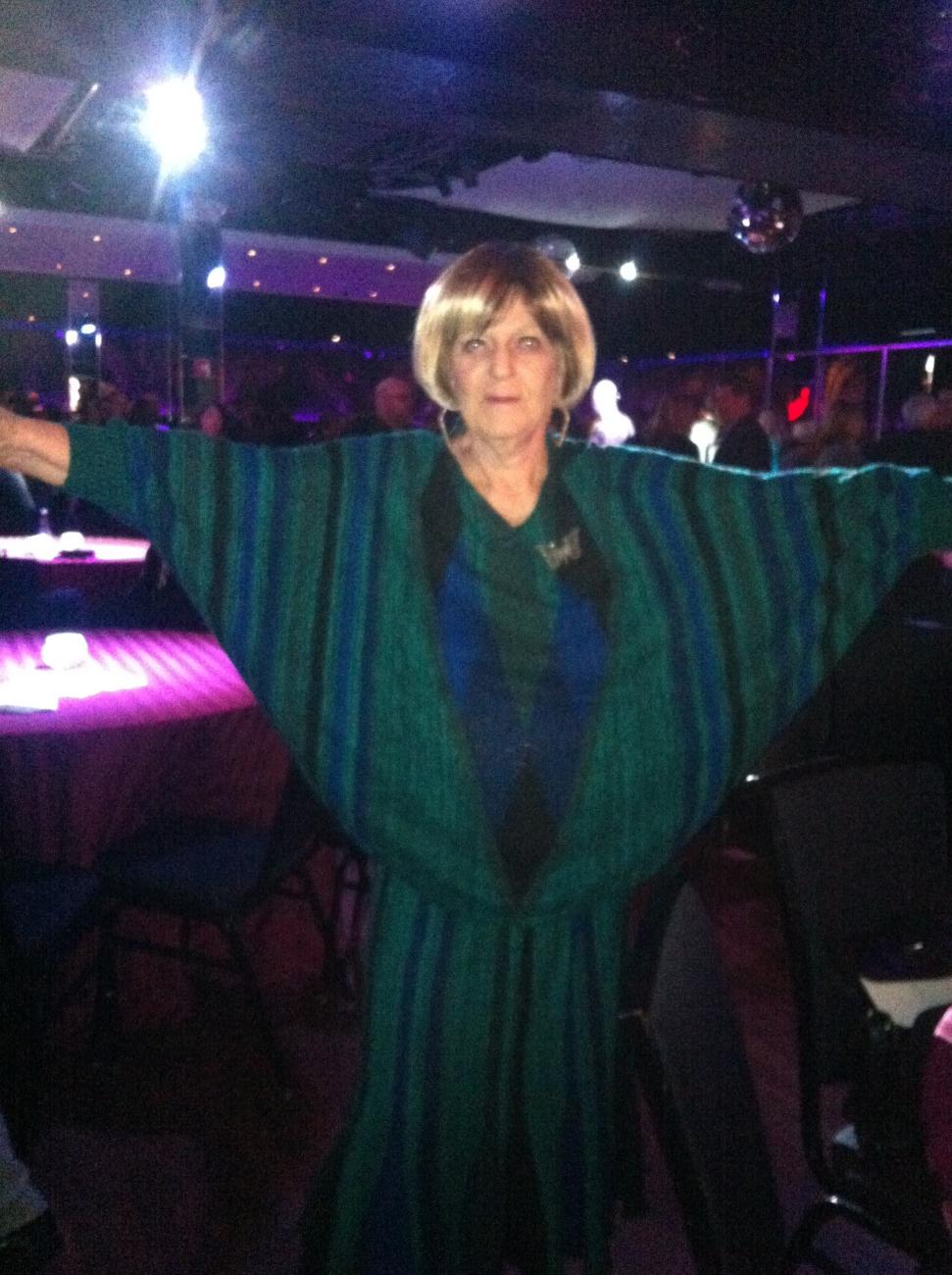
Kate at the party for Casa Valentina. Photo Courtesy of Betsy Wollheim
My dad was quite close to Gail. It was really because of the remarkable person she was that my father felt he could join this group. Without Gail, my father might never have been as active as part of the community as he was. Gail was one of my father's closest friends, except during the years she was married to a movie star who would not allow him to "dress" or socialize with the trans community.
In 1990, when her movie star wife died, Gail turned up at my father's office and found me sitting at my dad’s desk. My father was in a nursing home by then, he would die later that same year. That is when and how I was reintroduced to Gail. After that, my mom, my husband, and I used to go to her house in Westchester for dinner parties, often also attended by Donna and her wife and others of the group. After my mother's death in 1996, my husband and I became even closer to Gail, and saw her more often, until her death by suicide, which was medically inspired (she had a failing heart valve, and a low chance of surviving a second valve-replacement surgery) and had nothing to do with her female identity. She always said: "Gail is a happier person than Dave [Gail’s masculine identity]." On Gail's 80th birthday, she had a party at a drag bar in Greenwich Village where I met many of the people we had socialized with when I was a child. I was especially happy to re-meet Barbara Jean, who I was very fond of. She was a fun person--talented, witty and upbeat.
Everything I learned about Susanna was from my dad's book, and the Casa Susanna book. I never met Susanna.
What has feedback been like for the documentary film and the showcasing of these photographs from people around you?
I have had practically no feedback in my field or industry, or frankly, personally. There was some gossip about my father in science fiction online closed discussion groups, which I was not invited to join. The trans and gay communities in science fiction and fantasy have been utterly silent. Of course, my close friends and family are incredibly supportive, love the film, and think this history is important.
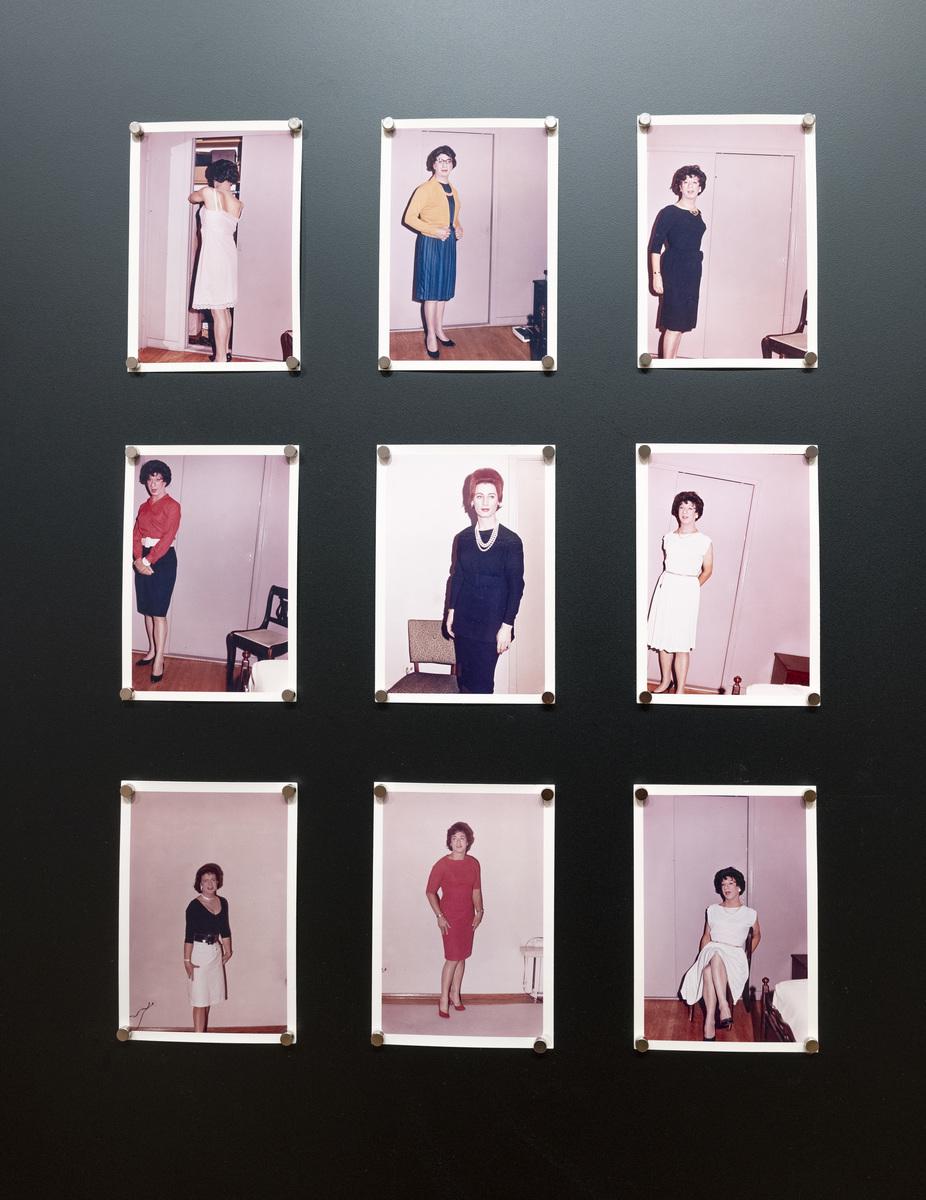
Installation view, Casa Susanna, December 23, 2023 - April 14, 2024. Art Gallery of Ontario. Photo Tracey Owusu © AGO
Photographs from Betsy Wollheim’s collection featuring her father Donald Wollheim (known as Doris Wollheim when crossdressing) is on view now in the exhibition Casa Susanna at the Metropolitan Museum of Art. The exhibition was previously on view at the AGO.
Casa Susanna was co-produced by the Art Gallery of Ontario and the Rencontres D’Arles, and co-curated by Sophie Hackett, the AGO’s curator of photography and Dr. Isabelle Bonnet, a photography historian and independent curator.
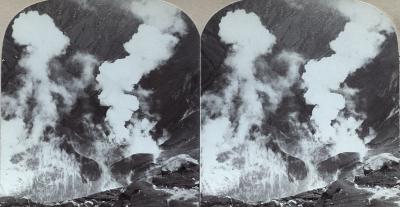
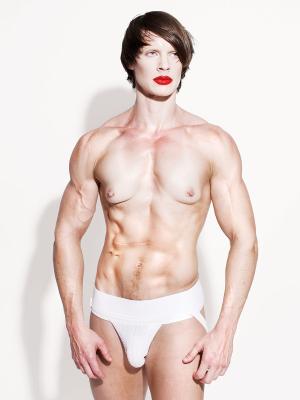
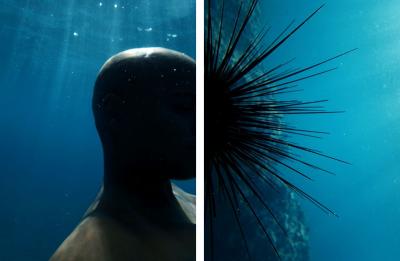

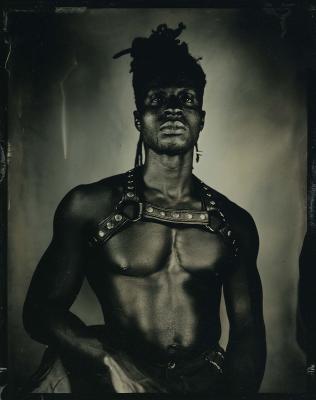

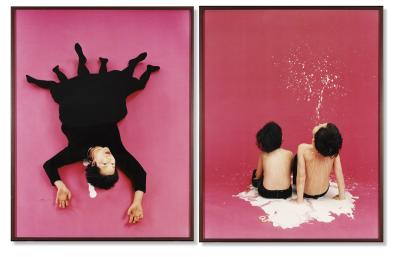
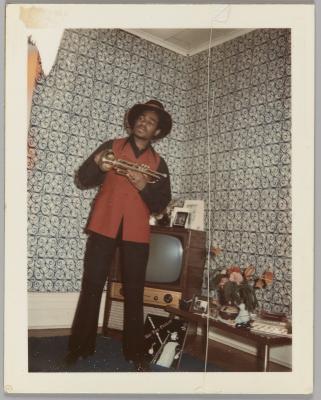
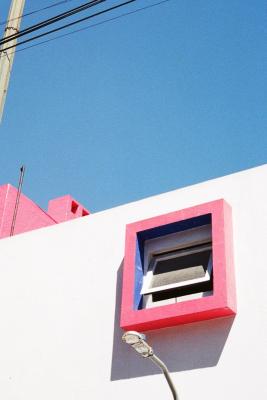
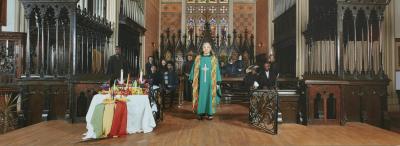
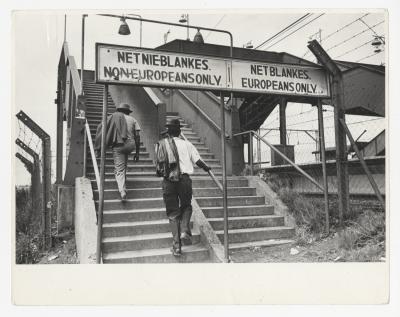
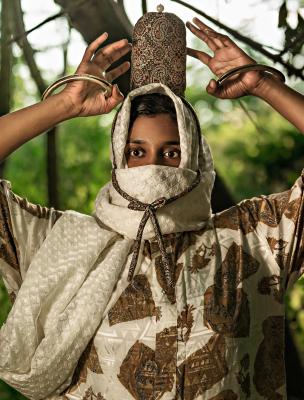
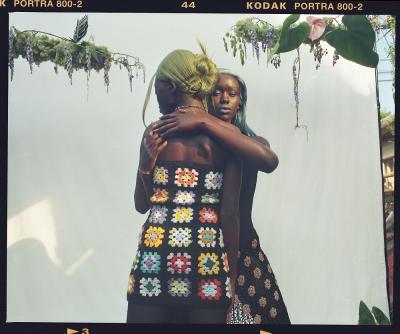
![Unknown photographer, Chillin on the beach, Santa Monica [Couple on beach blanket]](/sites/default/files/styles/image_small/public/2023-04/RSZ%20WMM.jpg?itok=nUdDiiKr)
